Italy—just one word, yet it evokes visions of breathtaking beauty, rich history, and unforgettable cuisine. Its influence on art, music, culture, and food is both deep and enduring. Countless books have celebrated Italy’s many timeless charms.
This guide will give you an overview of the entire landscape of Italy. We are going to examine not just pizza and pasta but also the country's glossier highlights. Let's explore what makes Italy one of the world's most popular destinations!
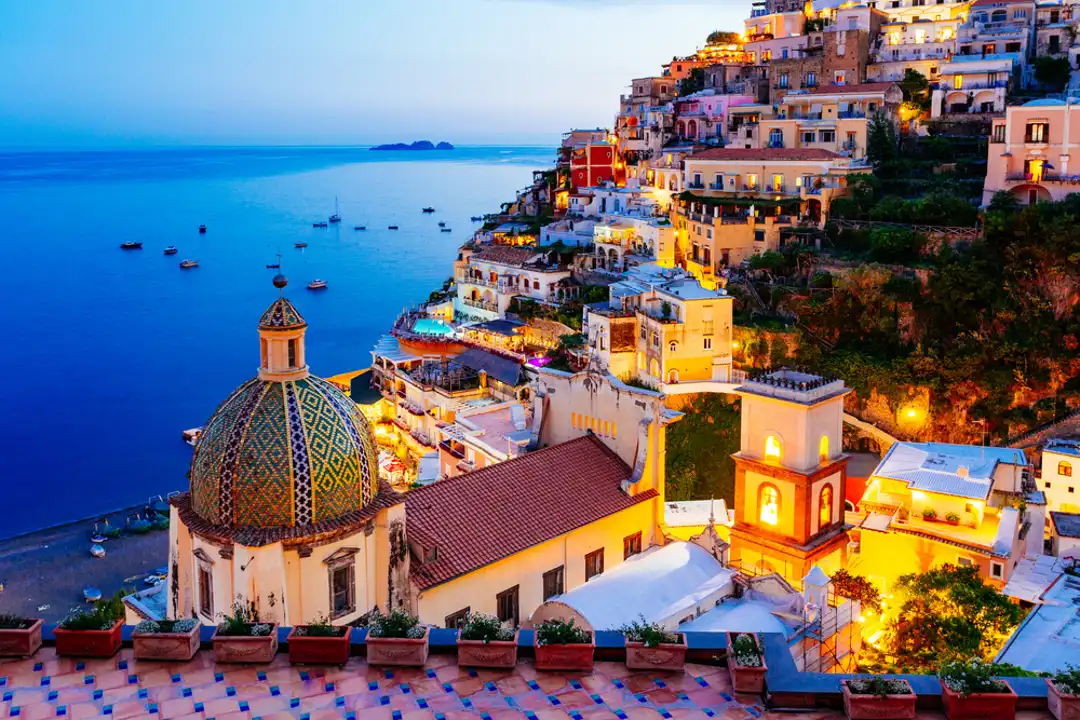
Italy’s Most Beloved Foods and Flavors
1. Pizza from Naples
Naples is the birthplace of one of the world’s favorite foods, pizza! Here, you’ll find the original Neapolitan pizza, which is so beloved it’s even recognized by UNESCO.
Imagine savoring a simple yet perfect combination of a chewy crust, tangy tomato sauce, creamy mozzarella, and fresh basil. It’s a slice of world heritage you can eat, and it’s unlike any pizza you’ve tried before.
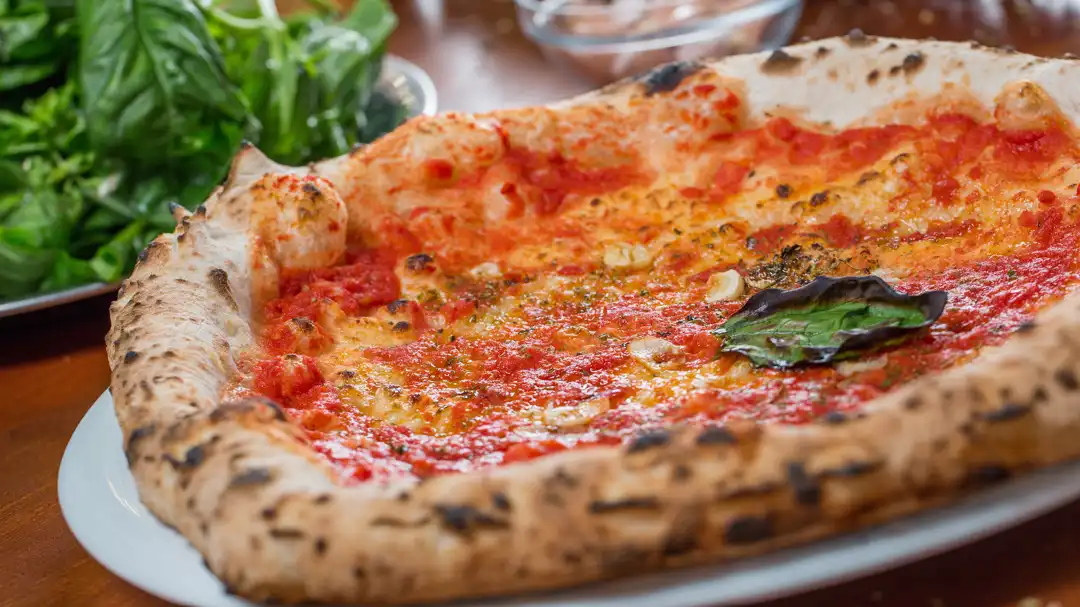
2. Pasta
Italy is a country where pasta is king, and each region boasts its own unique pasta traditions. In Emilia-Romagna, imagine the delightful taste of handmade tagliatelle, perfectly coated with a rich, meaty ragù.
Journey to Liguria where trofie pasta swirls beautifully with fresh pesto, creating a burst of flavors in every bite. Each region offers a new pasta adventure that is sure to win your heart.
3. Espresso
Coffee in Italy is a ritual enjoyed by all, and there’s nothing quite like sipping a smooth espresso at a bustling Italian bar. It’s a quick affair, often done standing up, but one that’s essential in starting the day right.
Think about the rich aroma and the sheer beauty of this simple pleasure. Italians have turned coffee drinking into an art form, one quick shot at a time.

4. Gelato
When in Italy, you can’t miss indulging in gelato, a dessert creamier and denser than your run-of-the-mill ice cream. What makes gelato special is its intense flavor and smooth texture, made even better by the fresh ingredients used.
Visit gelaterias where professionals craft an array of different flavors, each more delicious than the last. It’s a treat that refreshes you on a sunny Italian day.
5. Wine
Italy is one of the world’s top wine producers, offering a rich palette of wines that cater to every taste.
Explore the rolling hills of Tuscany, home to the famed Chianti wine, with its perfectly balanced flavors. Discover the robust Barolo from Piedmont, often hailed as the king of wines.
And let’s not forget the sparkling joy of Prosecco from Veneto, perfect for a celebratory toast. Each sip is a journey through Italy’s beautiful landscapes.
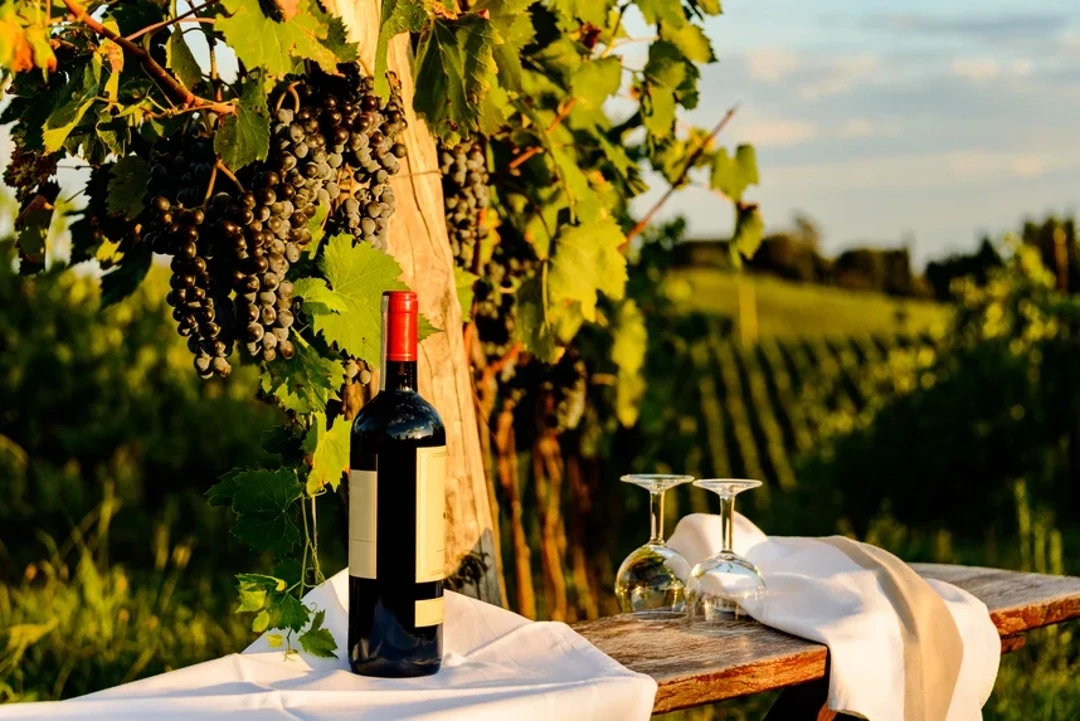
6. Cheeses & Cured Meats
Italian cuisine wouldn’t be the same without its incredible selection of cheeses and cured meats. Whether it’s the nutty goodness of Parmigiano Reggiano or the delicate savoriness of prosciutto di Parma, these are staples that grace Italian tables.
Enjoy these delicacies as they were meant to be: simple, yet bursting with flavor. They embody Italian culinary expertise that’s been honed over centuries.
Italy’s Most Famous Cities to Explore
7. Rome
To me, Rome is one big museum, where you can see the past and present at the same time.
You can wander the ruins of the Colosseum or the Forum and feel as if you’ve stepped back to the time when the empire was at its zenith.
Despite its age, Italy’s capital also has a modern vibe to it, complete with delicious food, lively markets, and constant energy.
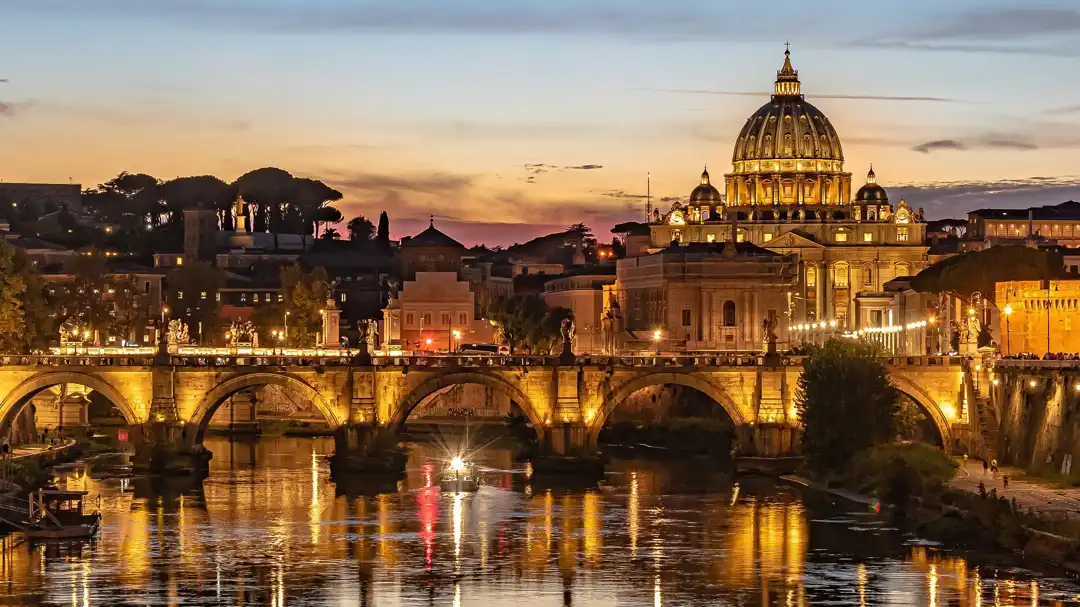
8. Venice
Venice is just different. A water city where all the roads are canals and gondolas are the cars. Beautiful and ancient, it boasts incredible architecture. Get lost in its murky and, eerie lanes and uncover secrets around every corner.
Venice is a love story. It’s a poem. And I fall in love every time I visit.
9. Florence
Florence is the epitome of the Italian Renaissance. Giants like Leonardo da Vinci and Michelangelo were born there.
Here, art isn’t an exhibit but a way of life, with masterpieces like the Uffizi Gallery and the breathtaking Duomo.
Stroll the historic Ponte Vecchio, a bridge lined with charming little shops. Just take it all in. Florence is a work of art. A tribute to human talent and ingenuity.
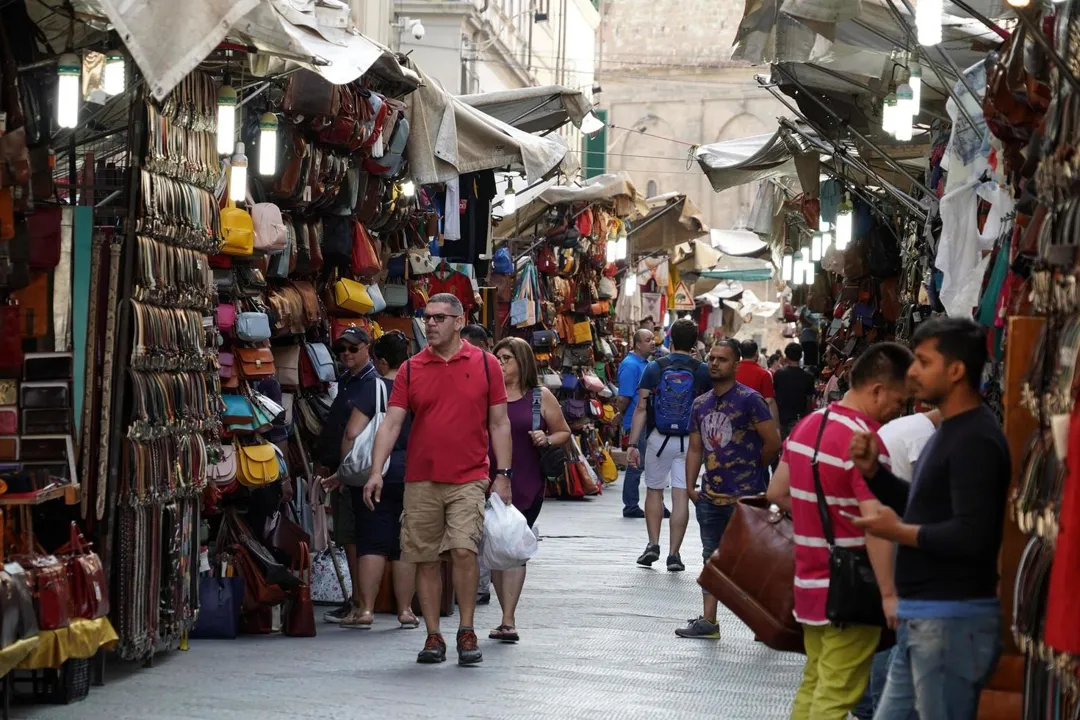
10. Milan
Milan is Italy’s capital of elegance and innovation, where fashion meets finance. From the stylish Galleria Vittorio Emanuele II to legendary brands like Versace and Armani, it’s a city of style and status.
Yet Milan also impresses with its rich history, the stunning Gothic Duomo, and masterpieces like Da Vinci’s The Last Supper.
11. Naples
Naples is a lively city, known for its vibrant street life and colorful citizens.
It’s a place where you can experience Italy in all its glory, from the crowded markets to the delicious scent of pizza. Raw, spellbinding, and culturally rich, Naples is intense and authentic.
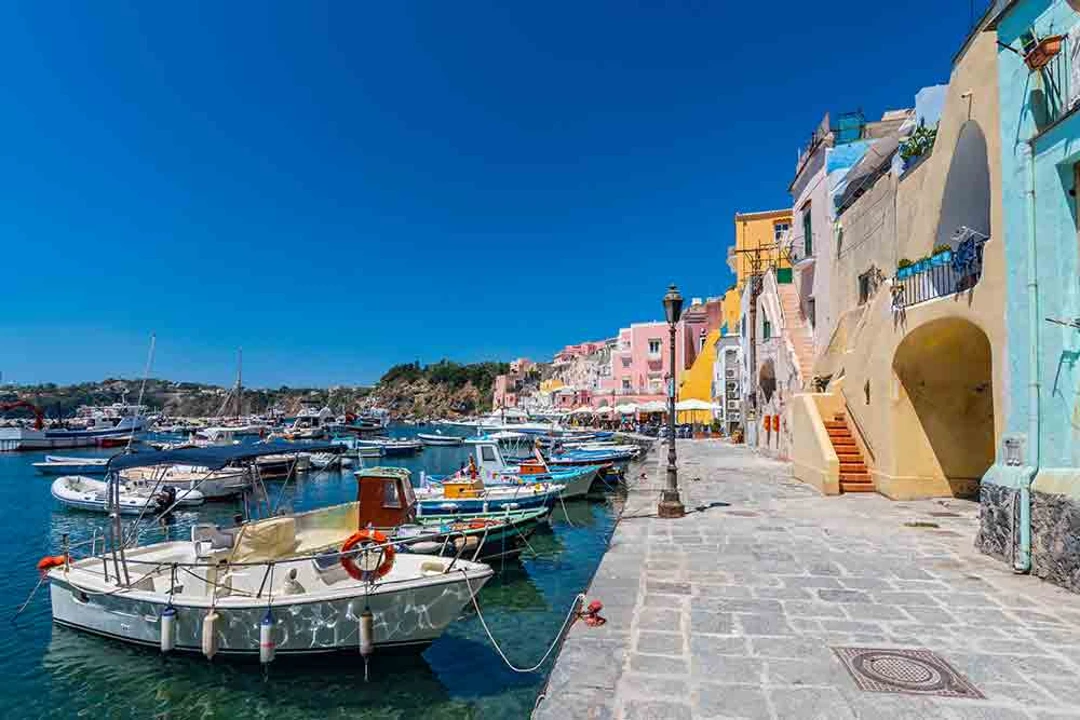
Italy’s Most Influential Figures in History
12. Leonardo da Vinci – Renaissance Polymath
Leonardo da Vinci was not only the master behind the iconic painting of the Mona Lisa but also the visionary who conceptualized ideas centuries ahead of his time, such as flying machines and intricate anatomical models.
His curiosity knew no bounds, leading him to make significant contributions in art, science, and technology. Leonardo’s legacy lives on, inspiring generations to push the boundaries of creativity and knowledge.
13. Michelangelo – Sculptor and Architect
Michelangelo is renowned for his breathtaking works that have left an indelible mark on art and architecture.
Imagine standing beneath the Sistine Chapel ceiling, gazing up at the vivid frescoes he painted single-handedly. His sculpture David is an embodiment of beauty and perfection, exuding human strength and emotion.
Michelangelo’s contributions go beyond art; his architectural designs, including St. Peter’s Basilica, continue to influence the world of design.
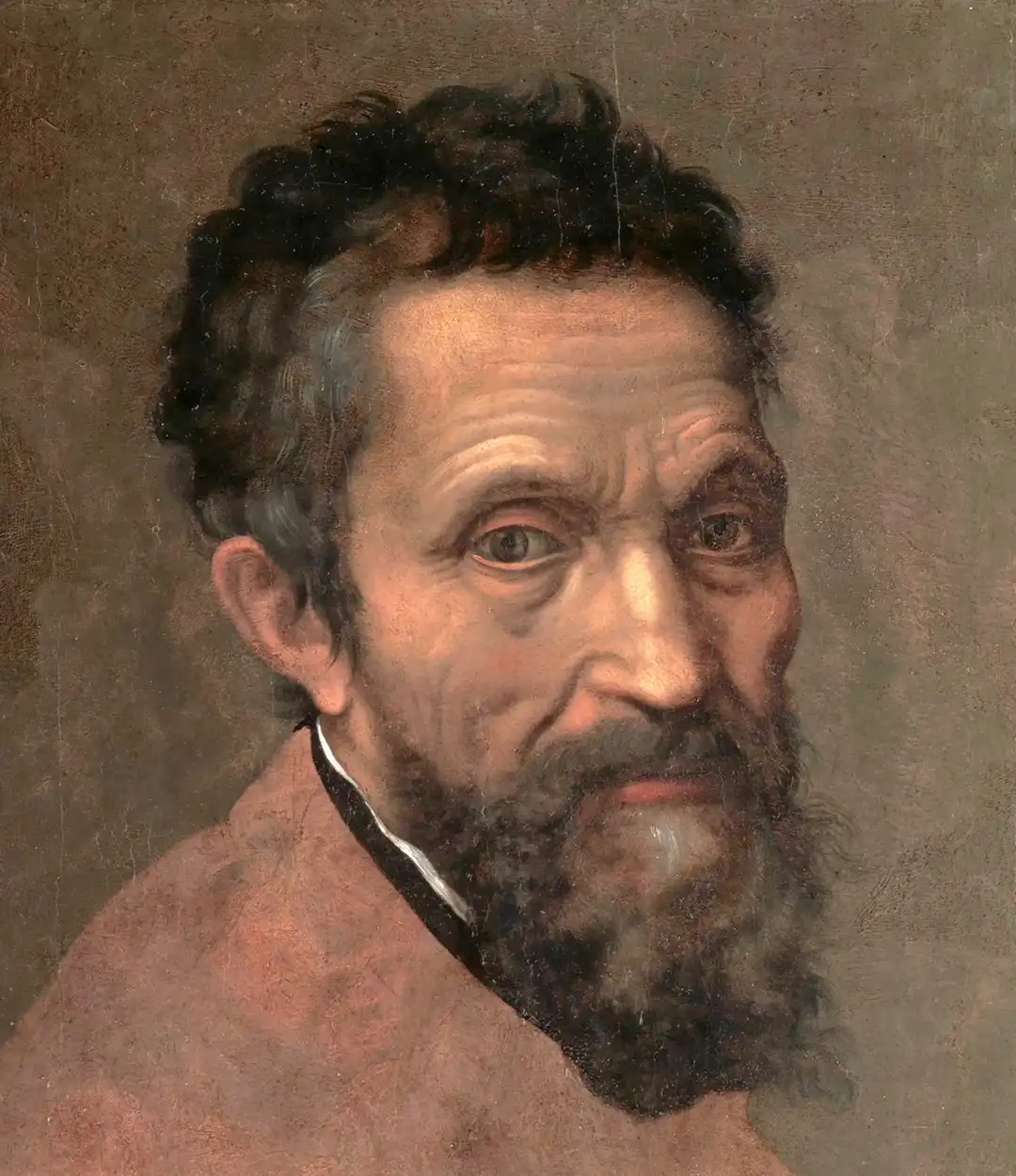
14. Dante Alighieri – Father of the Italian Language
Dante Alighieri, the literary giant known as the Father of the Italian Language, forever changed the landscape of literature with his masterpiece, The Divine Comedy. This epic poem standardized the Tuscan dialect, which evolved into modern Italian.
His work is a reflection of profound philosophical and theological insights that continue to resonate in today’s world, making Dante a pivotal figure in the literary canon.
15. Sophia Loren – Symbol of Italian Cinema
Sophia Loren is synonymous with Italian cinema, a timeless icon who captivated audiences with her beauty, talent, and authenticity.
Recognized globally for her impactful roles, Loren’s performances have brought Italian culture to the forefront of international cinema. She embodies the postwar Italian spirit, which earned her numerous accolades, including an Academy Award.
Sophia Loren’s legacy lives on, influencing actors worldwide and keeping Italian cinema in the spotlight.

16. Giuseppe Verdi – Master of Italian Opera
Giuseppe Verdi stands as a towering figure in the world of opera, whose compositions resonate with a depth that captures the essence of Italian culture.
Known for masterpieces like La Traviata and Aida, Verdi’s works explore themes of passion, tragedy, and national identity.
His music unified and inspired Italy during times of change. Verdi’s compositions are timeless, continuing to enchant audiences around the world.
Italy’s Most Breathtaking Natural Sights
17. The Amalfi Coast
The Amalfi Coast, with its tall cliffs soaring above the Mediterranean, has proved a popular destination for years, and upon arrival, it’s easy to see why.
Picture-perfect towns line steep cliffs. Lemon orchards grow wild and free. The Mediterranean Sea sparkles and spreads out before you. Walk narrow streets and breathe in the aroma of citrus. Sunbathe on the beach in the shadow of huge cliffs.
Be it the bustling town of Positano or the medieval Amalfi center, every stop here is like a gaze over the rainbow into coastal Italian life.
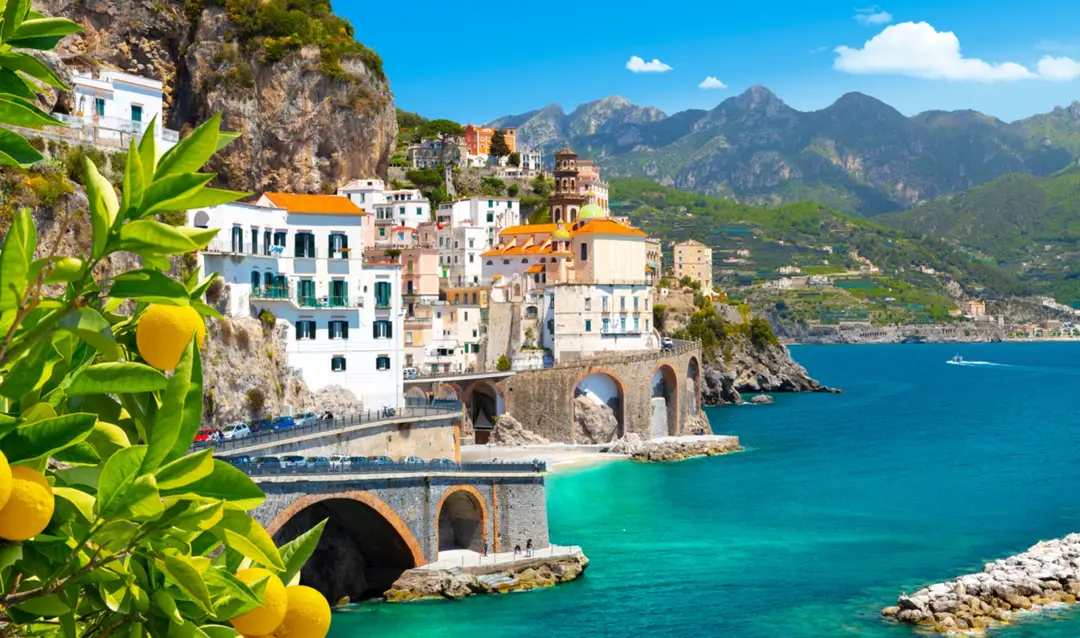
18. The Dolomites
The Dolomites, with their stark peaks and stunning views, attract outdoor enthusiasts at all times of the year. You can ski down snowy runs in winter or walk through peaceful valleys in summer.
Located in the Southern Limestone Alps, the range is home to a diverse plant and animal life, making it the perfect natural destination.
Sunrises and sunsets especially fill the sky with the most amazing colors, offering photographers an amazing opportunity to captureItaly’s alpine beauty.
19. Cinque Terre
Cinque Terre is a handful of villages hugging the cliffs of the Ligurian Sea.
Hike the trails that link these postcard-perfect towns for views of the sea, and visit each town. Cross small beaches, eat fresh seafood, drink wine, and truly savor the peace in this UNESCO-listed World Heritage region.
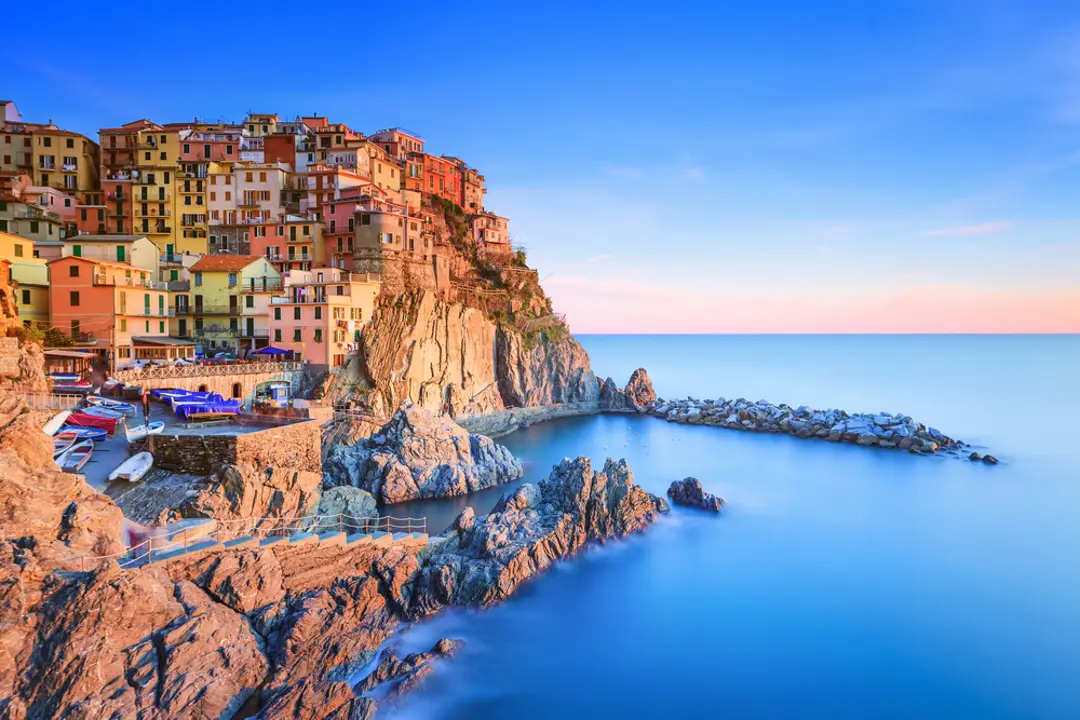
20. Lake Como and Lake Garda
The lakes of Como and Garda in Italy are a wonderful mix of luxury and natural beauty, where sophistication meets the outdoors.Here you can walk along the tranquil waters lined with grand villas and small towns.
Lake Como, which has a more rugged coastline, is filled with celebrities and travelers staying at resorts. Lake Garda, though, has plenty of windsurfing or hiking in the hills around it so everyone can experience their own personal paradise here.
21. Volcanoes
Italy is home to some of the most dramatic and awe-inspiring volcanoes in the world.
Mount Etna, which is the tallest and most active volcano in Europe, dominates the landscape on the island of Sicily and is there to be hiked by the adventurous.
Its eruption of Mount Vesuvius is infamous, as it covered the city of Pompeii, and by looking at this volcano, you can catch a glimpse of history.
Additionally, there’s Stromboli, which is always going off and on. The presence of these behemoths serves as a dual reminder of beauty and power.
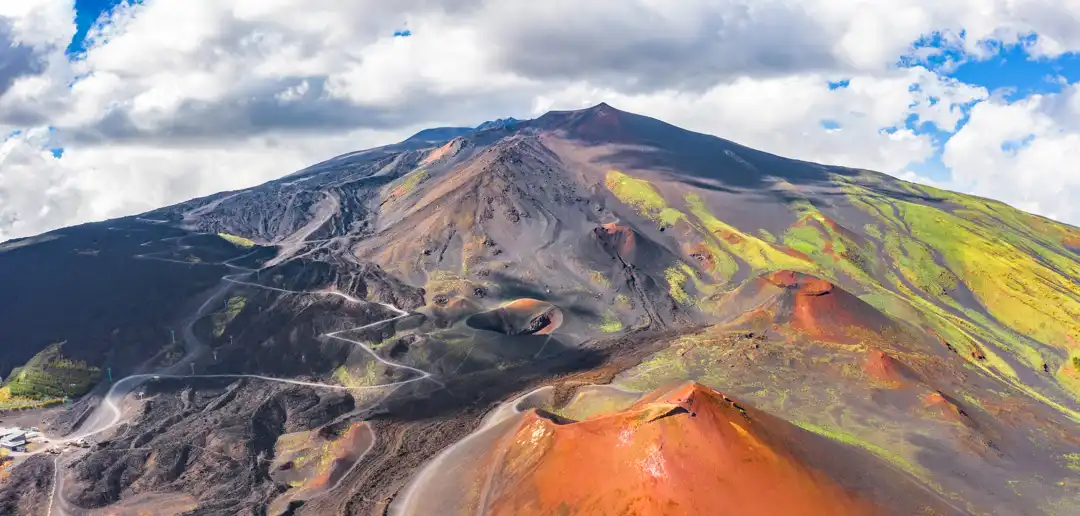
Italy’s Timeless Art, Music, and Culture
22. The Roman Empire
Italy is the cornerstone of Western society, with the Roman Empire serving as its cornerstone.
Can you just imagine traveling to Rome and seeing the stunning Colosseum where gladiators battled, and, the Roman Forum, a landmark of architectural ingenuity and political might that once governed all of the western world?
These are not simply “old things of the past,” but a living part of the history of Italy, shaping the nature of law, societal customs, and lifestyle around the world.
23. Renaissance Art
Renaissance art played a pivotal role in making Italy world-famous. Masterpieces by great masters transformed cities like Florence and Rome into cultural beacons. This artistic revival celebrated human potential and left a legacy of beauty and innovation.
Today, Italy remains synonymous with creativity, drawing millions to its museums and churches to witness the birthplace of Western art.
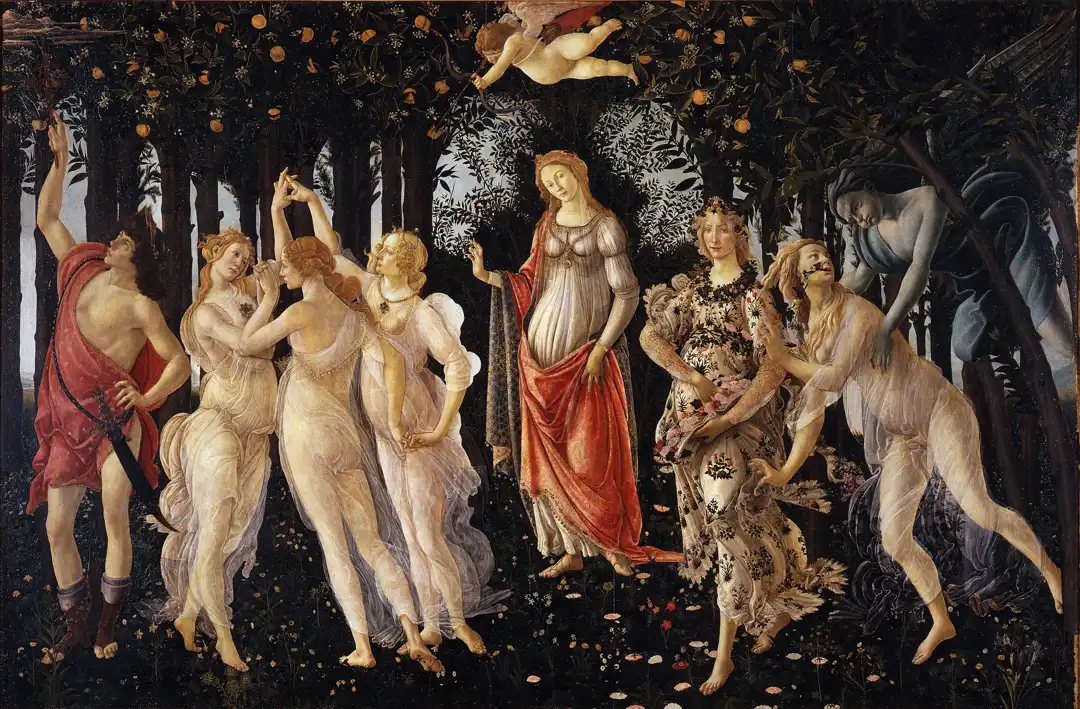
24. Opera
Italy is where opera was born—a unique art form that weaves music, storytelling, and pageantry into one mesmerizing show. Composers such as Giuseppe Verdi and, Giacomo Puccini authored operas as La Traviata and Tosca that preach of love and woe.
Picture yourself in lavish La Scala, surrounded by emotions in the form of arias, on a journey through lands of love, cruelty, and glory.
The standards established in this country have been felt all across the world, and Italian opera is a pillar of art and culture.
25. Classical Music and Baroque Composers
Classical music’s famous Baroque period originated in Italy, home to many composers. Works like The Four Seasons by Vivaldi and the operas of Monteverdi create the rich, complex layers of Italy’s musical history.
These masterpieces introduced new ideas that continue to influence Western music, highlighting the importance of emotional content and expressive melody in music.
Italy was instrumental in creating the music we hear in the concert halls and in our hearts to this day.

26. Architecture
Italy’s creative force has always been in its innovative design, from the Roman aqueducts to Renaissance palazzos to the Italian industrial designers that turn fashion and furniture into art.
Italian architects dream big and build beautifully, reshaping urban landscapes across the country with bold and impressive designs. Italian design is a timeless icon of elegance.
Italy’s Most Colorful Events and Traditions
27. Venice Carnival
The Carnival in Venice is so much fun, making the city almost magical and transforming it into a sort of Renaissance fairy tale.
For two weeks, the streets here fill up with people, all decked out in elaborate masks and animal skins, as they celebrate a tradition that’s hundreds of years old.
It’s an atmosphere of music, parades, and other activities, and if you’re not standing by just watching, you’re bound to get swept up in the excitement as well.
Watching from the sidelines or participating in the action, you’ll get an incredible scene into what the city is like.
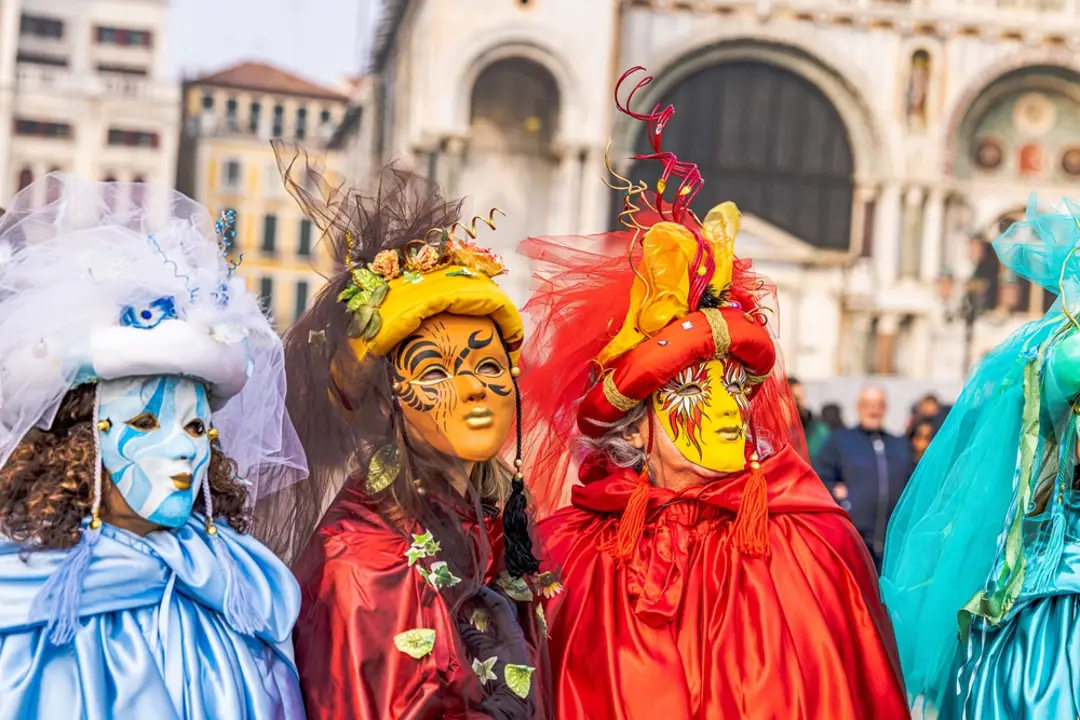
28. Palio di Siena
The Palio di Siena isn’t just a horse race; it’s an all-consuming and passionate tradition that consumes this Tuscan town.
As horseback riders from Siena’s various neighborhoods prepare to race, the excitement has been building for months. The race takes place in the Piazza del Campo, an incredible setting, as thousands of people flock to the square.
It’s a whirlwind of community spirit and history, a cultural tradition and pulse of Siena that is just as exciting as the race.
29. Milan Fashion Week
Twice a year, Milan is called the “Fashion Capital of the World” as the city hosts Fashion Week. The world’s most stylish crowds come in to attend the swanky runway shows, showcasing the new lines from designers around the world.
Milan Fashion Week is ground zero for fashionistas everywhere. It showcases the world’s “Top Fashion Cities” including Paris, New York, Milan, and London.
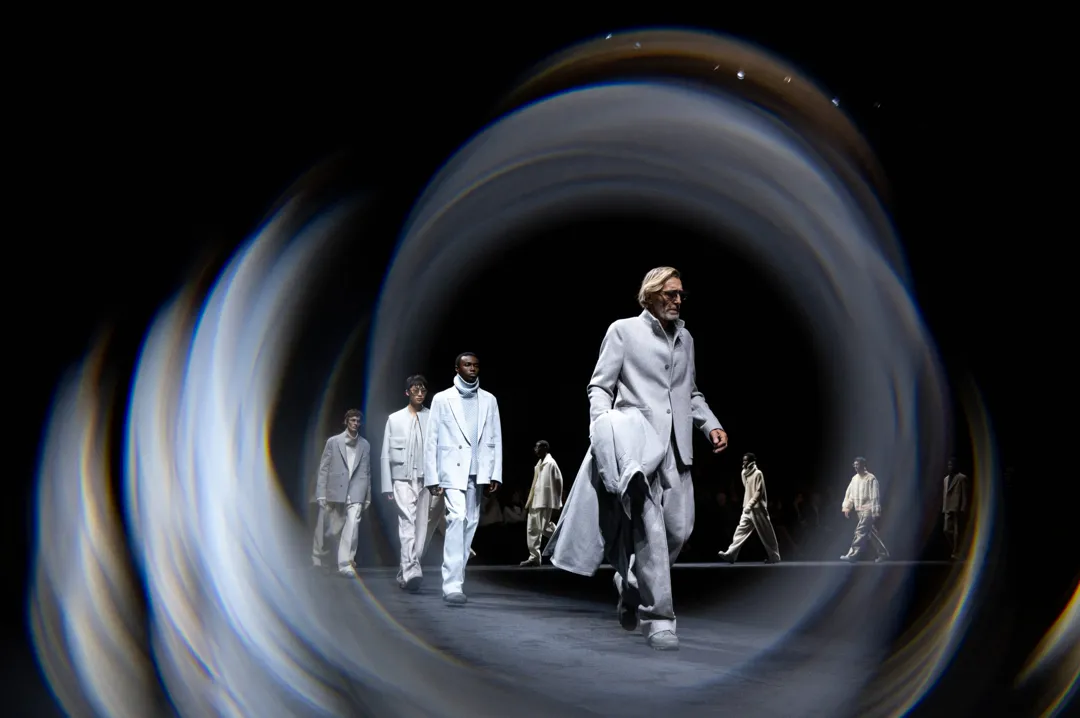
30. Slow Food & Regional Festivals
Italy is the home of the Slow Food movement — a celebration of traditional food prepared with care and passion. In each region, there are various food festivals that honor these values.
Who wouldn’t want to visit a market where the cheeses, wines, and olive oils all exemplify the depth and quality of Italian cuisine?
These festivals embody the spirit of Italian cooking — that you should take your time and enjoy each and every bite — and are a wonderful ode to the rich culinary history of the country, turning eating into an art.
FAQs
1. What is the best time to visit Italy?
The most pleasant times to go are spring (April to June) and fall (September to October,: you’ll avoid the summer rush and enjoy relatively mild temperatures.
2. Can you drink tap water in Italy?
Yes, you can usually drink tap water in Italy, though most Italians prefer bottled water for the flavor.
3. What is the currency used in Italy?
Italy’s official currency is the Euro (€), although most shops and restaurants also take cards.
4. Are there any tipping customs in Italy?
You are not required to tip, though it is appreciated. Usually a small amount or rounding up is sufficient.
5. What are Italy’s essential travel apps?
Apps such as Trenitalia for train times, Google Maps for directions, and Duolingo to learn Italian will help.
6. Is it necessary to book museum visits in advance?
Tickets for popular tourist experiences sell out quickly. Be sure to book in advance to skip the line.
7. What is Italy’s electrical plug type?
There are type C, F, and L outlets in Italy and the standard voltage is 230 V.
8. What souvenirs are uniquely Italian?
You’ll find shops selling handmade pastas, leathers, ceramics, and wines to make great souvenirs.
Conclusion
Italy is a land of endless wonders. From Naples’ pizza to Florence’s Renaissance treasures, its cultural depth is unmatched. Iconic cities brim with history, natural landscapes captivate, and artistic legacies endure through music, art, and festivals.
Whether you’re savoring gelato, walking ancient ruins, or tracing the steps of da Vinci, Italy leaves an indelible mark. It’s a country where the past and present blend seamlessly, offering memories that linger long after the journey ends.
